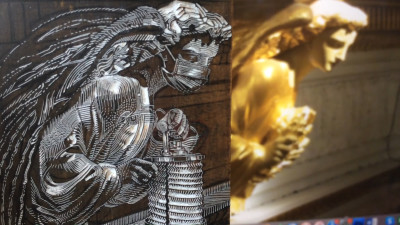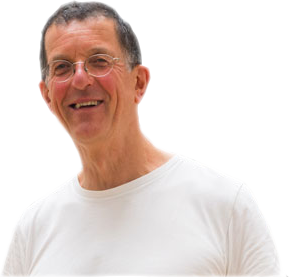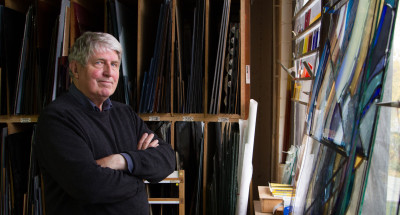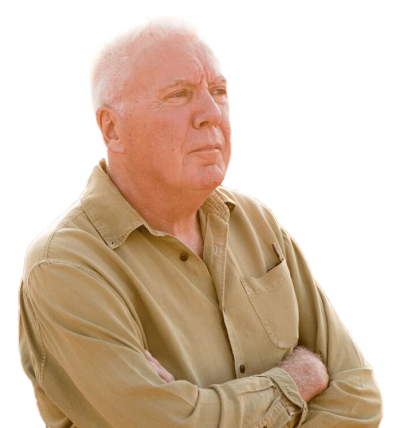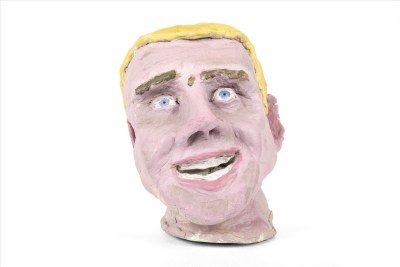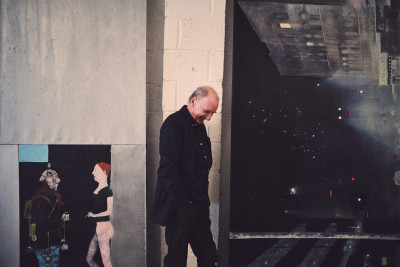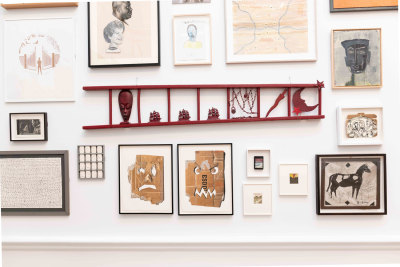“For those of us who make a living out of our art, our future may be fragile.”
Artists in Isolation
By Chris Orr RA
Published 30 April 2020

“For those of us who make a living out of our art, our future may be fragile.”
Artists work in isolation, but they do it under the belief that one day people will experience their work. For Chris Orr, it’s the isolation of everybody else that’s frightening…
-
All my neighbours say that it is just business as usual for artists working in isolation. Yes and no. It’s true that artists work predominately alone and are used to it. So far so good, but it seems perfectly clear that the world after the virus will be substantially different. For those of us who make a living out of our art, our future may be as fragile as for others. Working in isolation has always been on the assumption that one day all will be revealed. Artists are not hermits, more like farmers growing their crops in the expectation of a harvest.
I think I must have the gift of second sight, because I began a print about a year ago entitled, Crisis? What Crisis? The nine-colour lithograph has just been completed at the Curwen at the moment of the lockdown. Like many artists, I have always nursed a fascination with the bizarre, and much of my work has suggested something unsettling in the world. My new print centres on a figure hanging from the arms of a clock high up a building – reminiscent of Harold Lloyd in his 1923 silent film, Safety Last, with those around him doing various useless things to help, or just simply wringing their hands. I certainly didn’t imagine when I started it that a few months later the whole world would be in a similar state of madness.
-

Chris Orr, Crisis? What Crisis?.
-
So, what does the artist do when the economy falls off the cliff? Way back in our history we know that the painter was only a craftsman with a bit of magic thrown in, employed by the rich and influential. The elevation to individual romantic genius and canny businessman came later and today, while some artists are very well off, most still struggle. I am reminded of Marcel Duchamp saying: “Artists are like gamblers in the casino at Monte Carlo. Some will strike it lucky and become fabulously rich, whilst the majority will die in poverty.” The house of cards that constitutes the art market may collapse. Should we give our work away and hope for the best?
I have been described by my friend, the critic Robert Hewison, as a social surrealist. He thought my work was a fantasy of a child-like universe, distinct from the proper grown-up world. But the idea of half the population of England standing in their doorways and banging pots and pans in unison for the NHS, chimes perfectly with my vision. If the world goes bonkers, can I go even further?
-

Chris Orr, The Boiling Pot. Y Pot Berwi..
Engraving.
-
Part of my reaction is to do the opposite. Last year, I spent three days sat in front of a waterfall in Wales and looked, listened and drew. The resulting engraving is unlike most of my productions, and there isn’t a figure or a joke in it. It is the forces of nature and time that come to the fore. Working en pleine air has been part of my output for many years, and there is a large body of work from my travels in China, America and Japan. I made some prints from this observational track, particularly of London, which proved successful because most people in a city want to celebrate where they live and work. Deep down, however, I am still the court jester providing some relief and perspective to our world.
Maybe our job as artists will become much more practical, more connected to the craft of making images and things that resonate with a new rearranged world? Isolation for me is not the problem. It is the isolation of everybody else that is frightening.
Discover more of Chris Orr’s work here.


